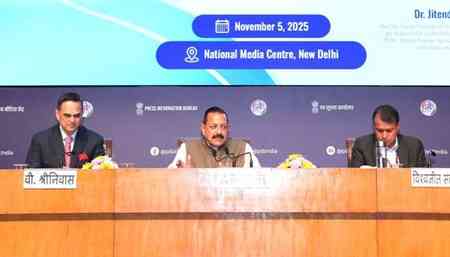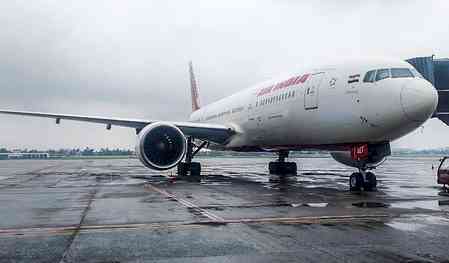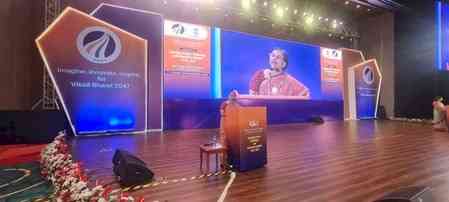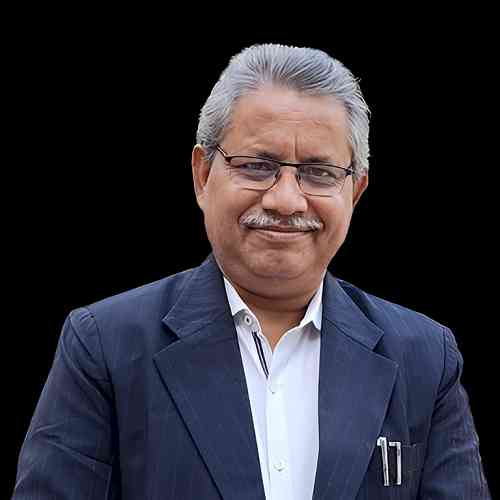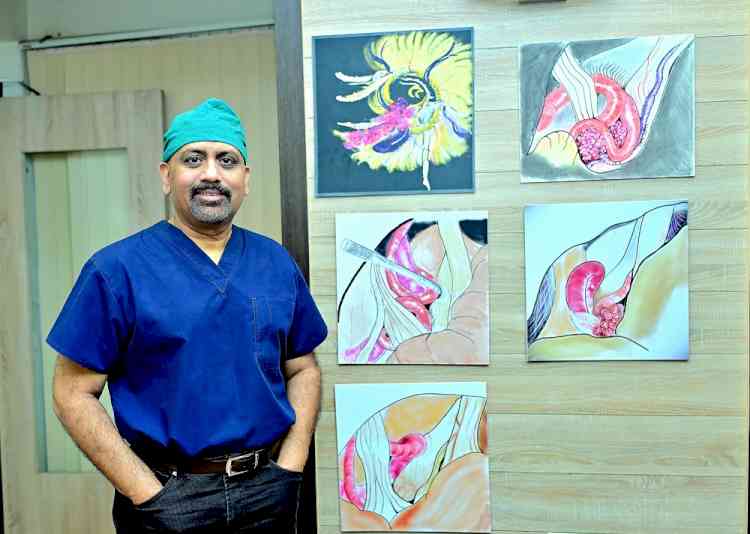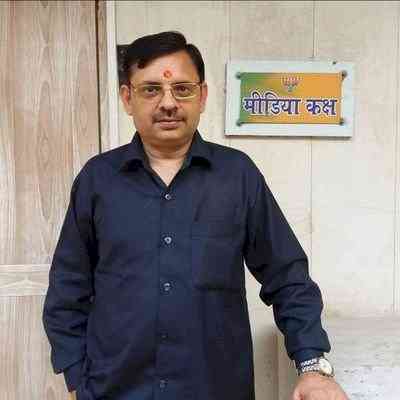India Shines at the Inaugural ASEAN Printing & Packaging Forum in Beijing: Prof. Kamal Mohan Chopra Represents the Nation on Global Stage
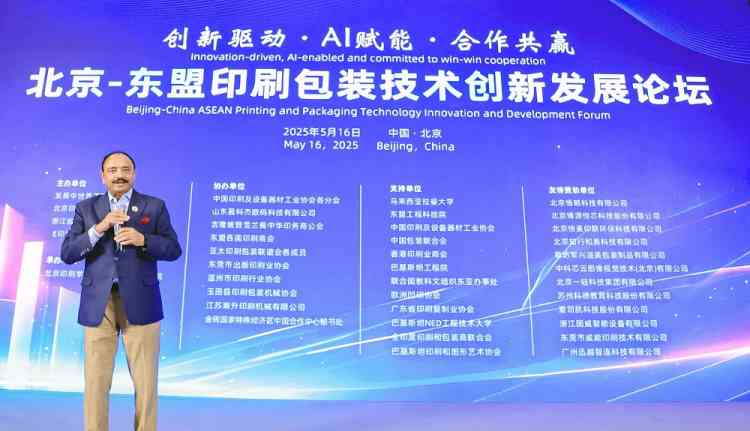
In a defining moment for India’s printing and packaging industry, Prof. Kamal Mohan Chopra, an eminent educationist, technocrat, and global ambassador of Indian printing, proudly represented the country at the 1st ASEAN Printing & Packaging Technology Innovation and Development Forum (CAPPTIDF) held on May 16, 2025, in Beijing, China. The event, titled Beijing – CAPPTIDE, marked a new chapter of international cooperation, bringing together global industry leaders, scholars, and innovators to discuss the future of printing and packaging through the lens of technology, sustainability, and collaboration. The CAPPTIDF was not merely a conference—it was a platform of purpose, attracting participation from renowned institutions and organizations across the globe. Supported by 12 prestigious institutions—including BIGC, the Printing and Printing Equipment Industries Association of China (PEIAC)—and endorsed by international bodies like the UNESCO Regional Office for East Asia, the ASEAN Academy of Engineering and Technology, and India’s very own All India Federation of Printers and Packagers (AIFPP), the event carried immense global significance.
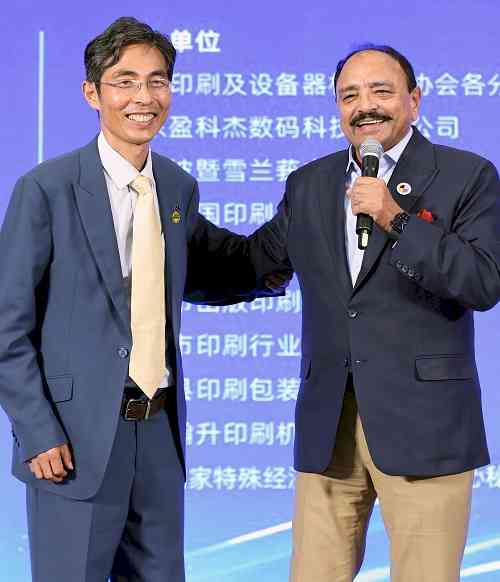
With a theme that resonated across borders— “Innovation Driven, AI Enabled and Committed to Win-Win Cooperation”—the forum sought to address how technological advancement, combined with collaborative spirit, can reshape the future of the printing and packaging sectors. The forum featured 13 distinguished speakers from China, Vietnam, Malaysia, Brazil, Thailand, Singapore—and India. Each speaker presented thoughtful research and case studies on the emerging trends, breakthroughs, and the pressing need for sustainable solutions in the industry. Prominent names included Prof. Kang Jincheng, Mr. Liu Zhongqing, and Mr. Tan Ming from China; Prof. Nguyen Long Giang from Vietnam; Cheong Kok Wai and Dr. Mathialagan Muniyadi from Malaysia; and Mr. Ho Yeow Liang from Singapore, among others. Their presentations collectively painted a vibrant picture of a sector at the crossroads of tradition and transformation, one that is poised to embrace change like never before.
In this stellar gathering of global intellect and innovation, Prof. Kamal Mohan Chopra held the Indian flag high, representing not just the country, but the collective aspirations of over 250,000 printing establishments and nearly 3 million workers engaged in the Indian print value chain. Known globally for his relentless efforts in uplifting the printing community and promoting India’s capabilities on international platforms, Prof. Chopra’s participation was symbolic of India’s growing leadership in this critical industrial segment. His research paper, titled “Status of Printing Enterprises in India,” provided a deep and analytical overview of the current state of the Indian printing industry. He detailed the shifts in market behaviour, the increasing embrace of digital printing technologies, and the ongoing integration of AI, robotics, and automation in printing processes. Prof. Chopra also shed light on the challenges—like fragmentation, skill gaps, and capital limitations—that still hinder many micro and small printing enterprises across India. But his message was clear and hopeful: India is not just adapting—it is innovating. From print-on-demand and green printing technologies to 3D printing and packaging automation, Indian enterprises are aligning themselves with global trends, and in many cases, even setting new benchmarks.
At its heart, the Beijing – CAPPTIDE Forum aimed to foster:
• Innovation: Showcasing how emerging technologies like artificial intelligence, augmented reality, and smart packaging are redefining the boundaries of print and pack.
• Global Collaboration: Enabling nations to share research, policies, and practical models that support mutual progress, especially between China, ASEAN countries, and India.
• Sustainability and Green Practices: Encouraging conversations on biodegradable materials, energy-efficient processes, and environmentally conscious supply chains.
Organised under the visionary leadership of Prof. (Dr.) Qi Yuansheng, Dean of the School of Printing and Packaging Engineering at the Beijing Institute of Graphic Communication (BIGC), the forum was a resounding success. It stood as a testimony to the growing need for innovation-driven and AI-enabled solutions in a world increasingly shaped by digital transformation. The forum also highlighted the strategic role of Asia as the epicentre of industrial innovation. With China as the largest producer of printing equipment and ASEAN as a rising market for print-pack exports, the region is well-positioned to lead global transformation. India’s participation further strengthens this position, creating possibilities for trilateral partnerships in trade, education, and technology exchange.
Prof. Chopra’s presence was more than a diplomatic gesture—it was a moment of pride for India’s print community. His address served not just as a data-rich presentation, but as an inspiring call to action for Indian entrepreneurs, educators, and policymakers to view printing not just as a trade, but as a platform for innovation, employment, and international cooperation. The forum ended with renewed hope and a shared commitment to take the dialogue forward. It laid the foundation for future forums, bilateral initiatives, and joint research collaborations—all aimed at steering the industry toward a more resilient, intelligent, and sustainable future.
The Beijing – CAPPTIDE Forum will be remembered not just as an inaugural event, but as a watershed moment for the printing and packaging industry. It reminded the world that technology, when guided by vision and collaboration, can transform even the most traditional of industries. And for India, it reaffirmed the nation’s role as a torchbearer of innovation and a trusted global partner. Thanks to the visionaries like Prof. Kamal Mohan Chopra, India is not just participating in the global dialogue on printing—it is helping to lead it.


 City Air News
City Air News 
